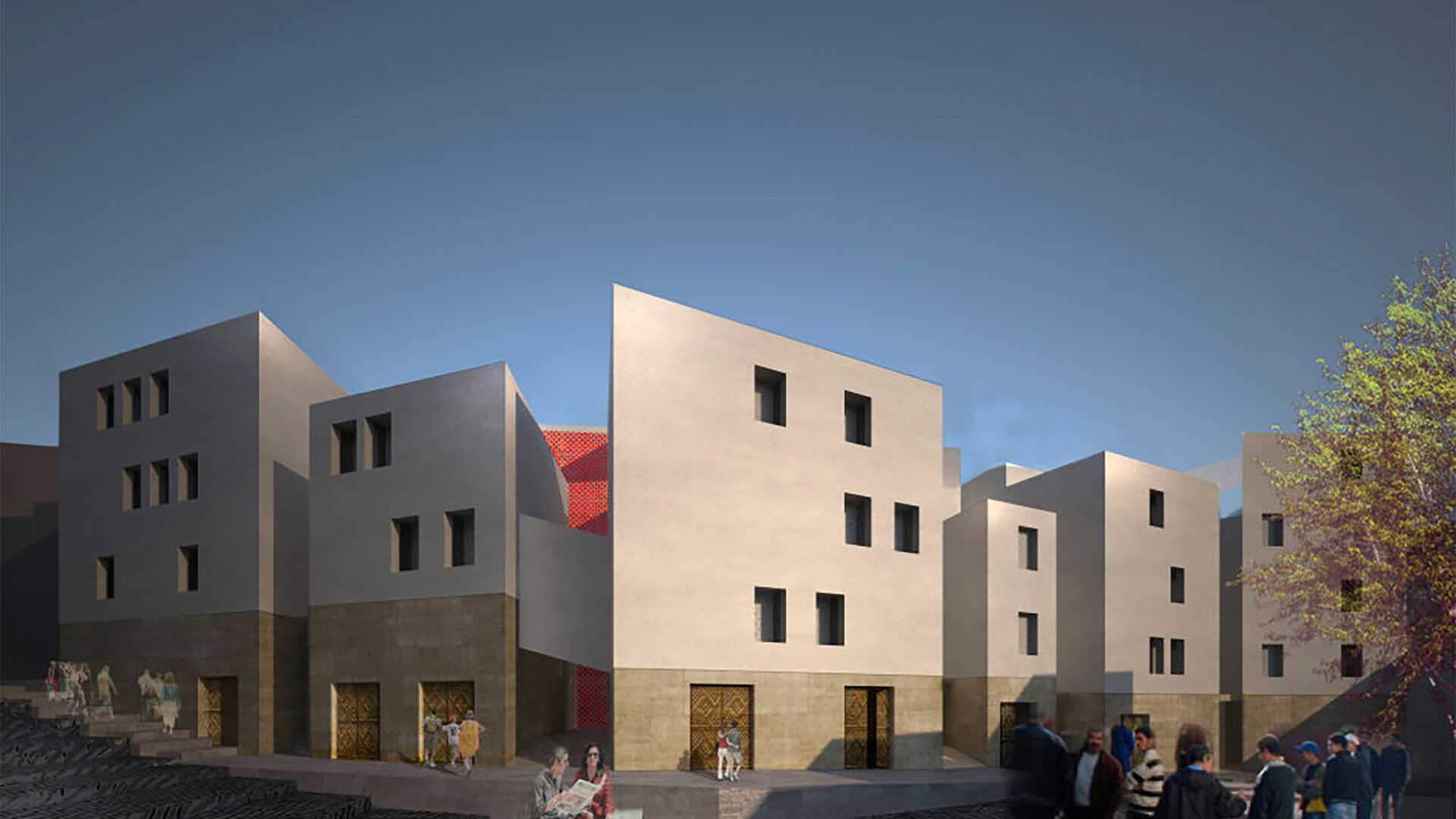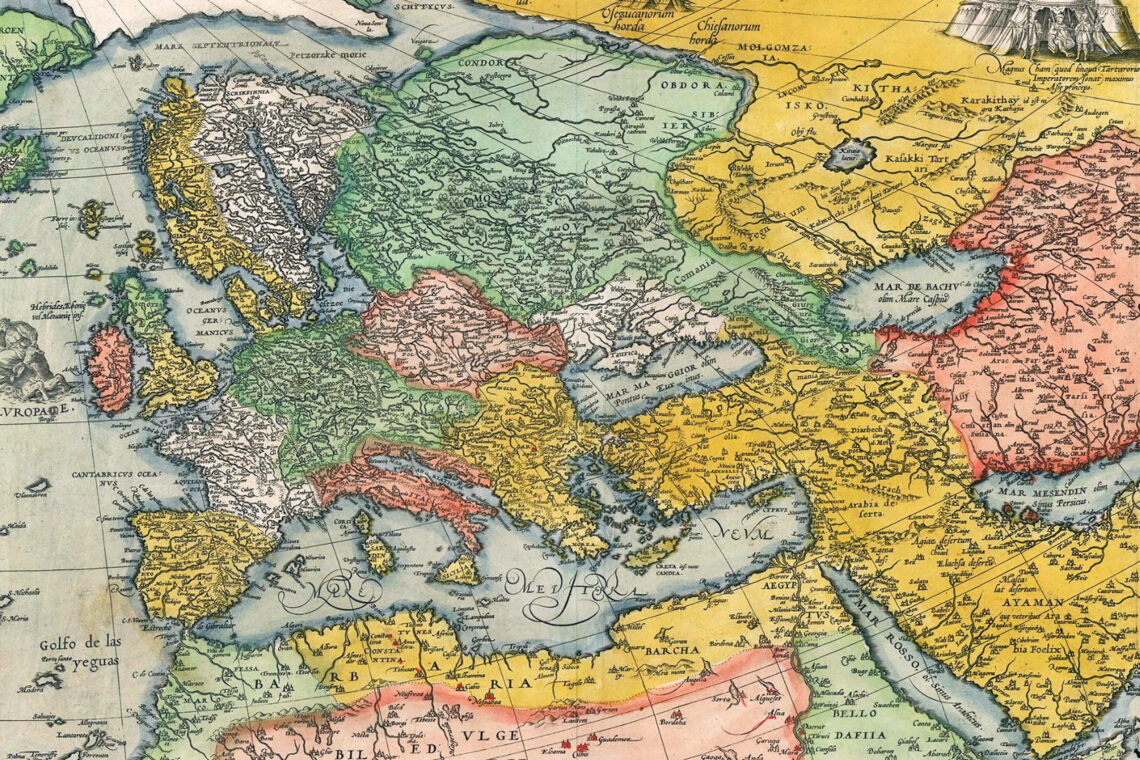The past few days have been truly amazing. While I was on a trip in the city of New York taking pictures of buildings inspired by Moorish design, a series of fortuitous events got me invited to the Metropolitan Museum of Art to attend a special reception for a group of Moroccan master craftsmen who are building a permanent fourteenth-century Moorish courtyard to anchor the museum’s revamped Islamic art galleries. Around the time I was getting invited, the Sunday New York Times featured the Met project prominently on the front page of its Arts & Leisure section. With lavish illustrations of the Moroccan artisans and their handiwork, the message that came through was unmistakable: At a time when many Arab countries are in a state of turmoil, Americans are quietly helping a group of Muslim men build the structures of lasting peace in what is, arguably, the most important museum in the United States. Not only that, but the United States government, distrusted in much of the Middle East, is also helping finance the preservation of important historical sites in countries like Morocco.
I visited the Moroccan men while they were carving away at the arches they were creating inside the Met museum. Perhaps because they were aware of their surroundings, the artisans told me that their craft is, in reality, the ultimate work of art. To master it, one has to be apprenticed at a very young age, which explains the lack of advanced education among such craftsmen. Everyone I met had decades of experience behind him. The group of men are more like family, spending days and months together on any given project at any location around the world. These craftsmen even have their own dialect, comprehensible only to members of their trade. I heard a few sentences that sounded, in intonation, like Tamazight (Berber), but with recognizable darija (Moroccan Arabic) words.
 The artisans’ work is not for the faint of heart. There is no margin of error during the carving process, I was told. A typical craftsman’s day consists of an area of four-by-four inches. It is like carving a diamond, the president of the company that brought the craftsmen to New York, told me. The president’s older brother who oversees the work on the ground took a few minutes to explain that, more than anything else, to carve and etch with such precision is to be engaged in one of the highest forms of spiritual meditation. He gave me a demonstration of how Allah is invoked as the carving proceeds, and how the image of the divine is visible on every facet of the art to those with keen eyes. Moorish design is Sufi poetry in stone. This is, at least, what came to the mind of someone with no knowledge of architecture, design, or the history of Islamic art.
The artisans’ work is not for the faint of heart. There is no margin of error during the carving process, I was told. A typical craftsman’s day consists of an area of four-by-four inches. It is like carving a diamond, the president of the company that brought the craftsmen to New York, told me. The president’s older brother who oversees the work on the ground took a few minutes to explain that, more than anything else, to carve and etch with such precision is to be engaged in one of the highest forms of spiritual meditation. He gave me a demonstration of how Allah is invoked as the carving proceeds, and how the image of the divine is visible on every facet of the art to those with keen eyes. Moorish design is Sufi poetry in stone. This is, at least, what came to the mind of someone with no knowledge of architecture, design, or the history of Islamic art.
Just as I was marveling at the idea of a few Moroccan craftsmen building the foundations of major cultural links and bridging the gap in the clash of civilizations (if this expression has any meaning at all), I learned that the British architectural firm of Mossessian and Partners was awarded a contract to redesign the Place Lalla Yeddouna at the heart of the city of Fez. This news was, of course, most startling. While we have men from Fez rebuilding an old Moorish courtyard in Manhattan, a London-based company (in partnership with the Moroccan Yassir Khalil Studio) is being entrusted to redesign the United Nations-protected and oldest medieval Islamic city in the world. Not only that—Mossessian and Partners had to compete with other international firms to win the restoration bid that is financed by the USA’s Millennium Challenge Corporation. In other words, American taxpayers are helping revitalize a major part of the Muslim world’s heritage.
This is globalization at its best. Moroccan craftsmen are in the process of building a Moorish courtyard at the Metropolitan Museum of Art in New York, while a British architectural firm is about to enhance the life of Morocco’s most precious medina. What both projects have in common is the hidden hand of American generosity. Americans are helping finance two projects that benefit the Islamic world, Morocco, and the glorious city of Fez. This story needs to be told to those who see only gloom and doom in human relations and cultural encounters.





Comments are moderated by the editor and may not appear on this discussion until they have been reviewed and deemed appropriate for posting. All information collected is handled in a manner consistent with our privacy policy.